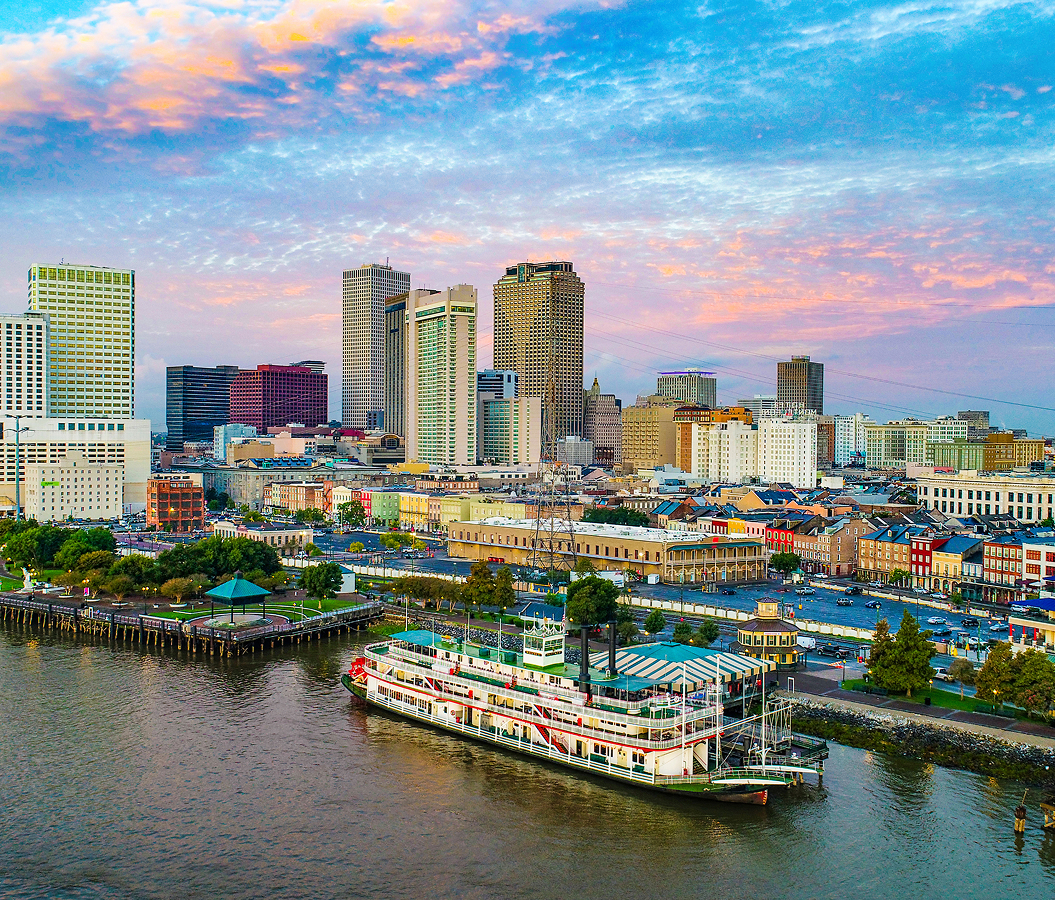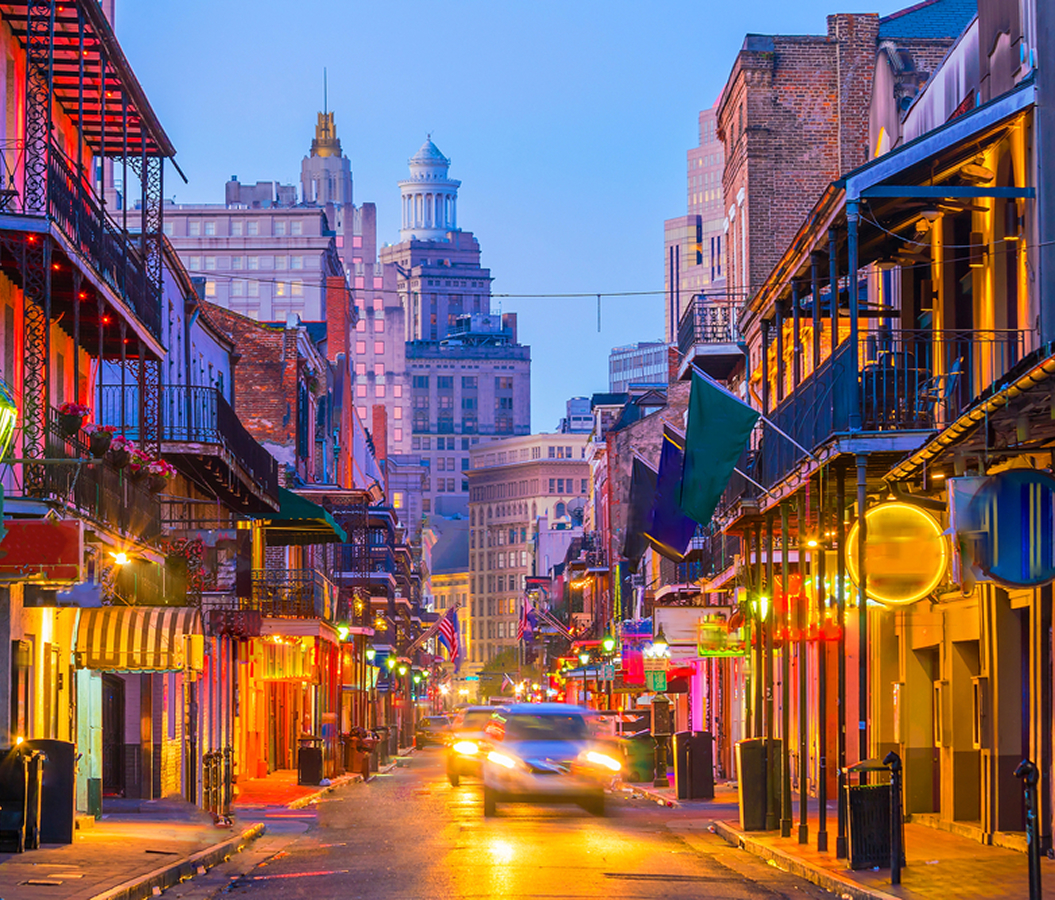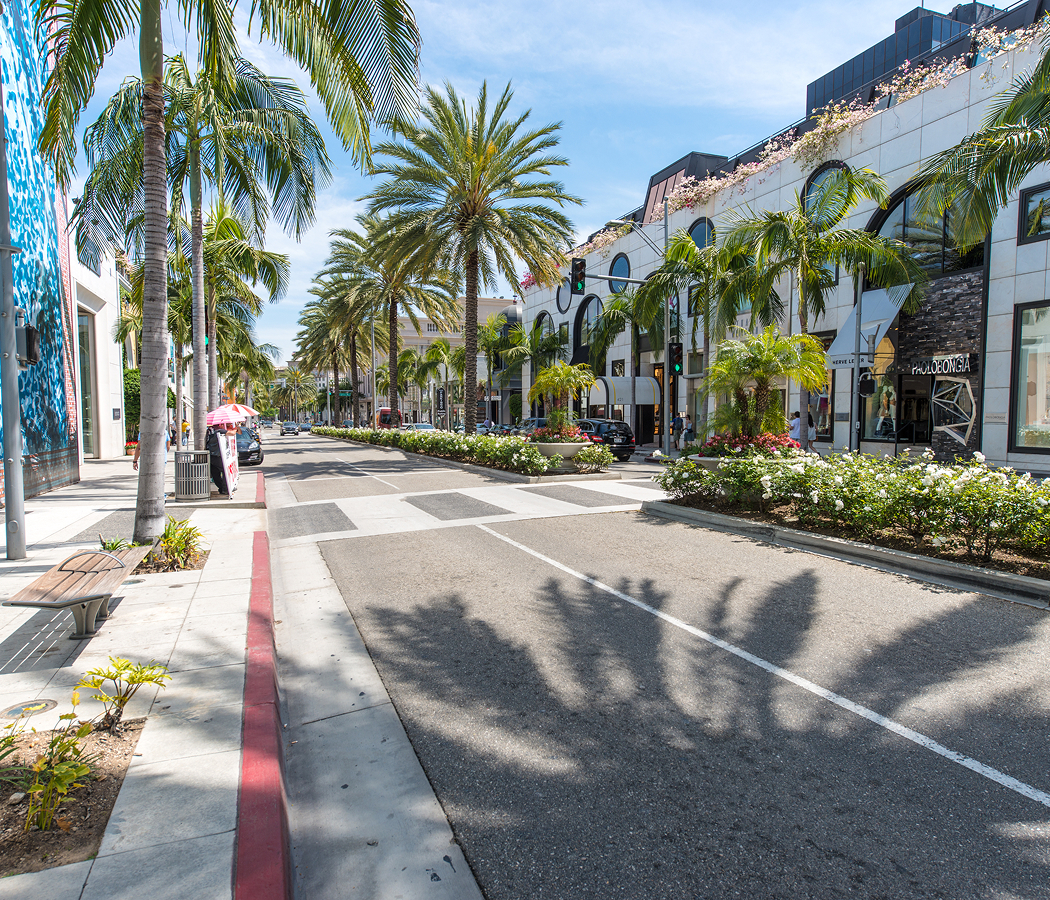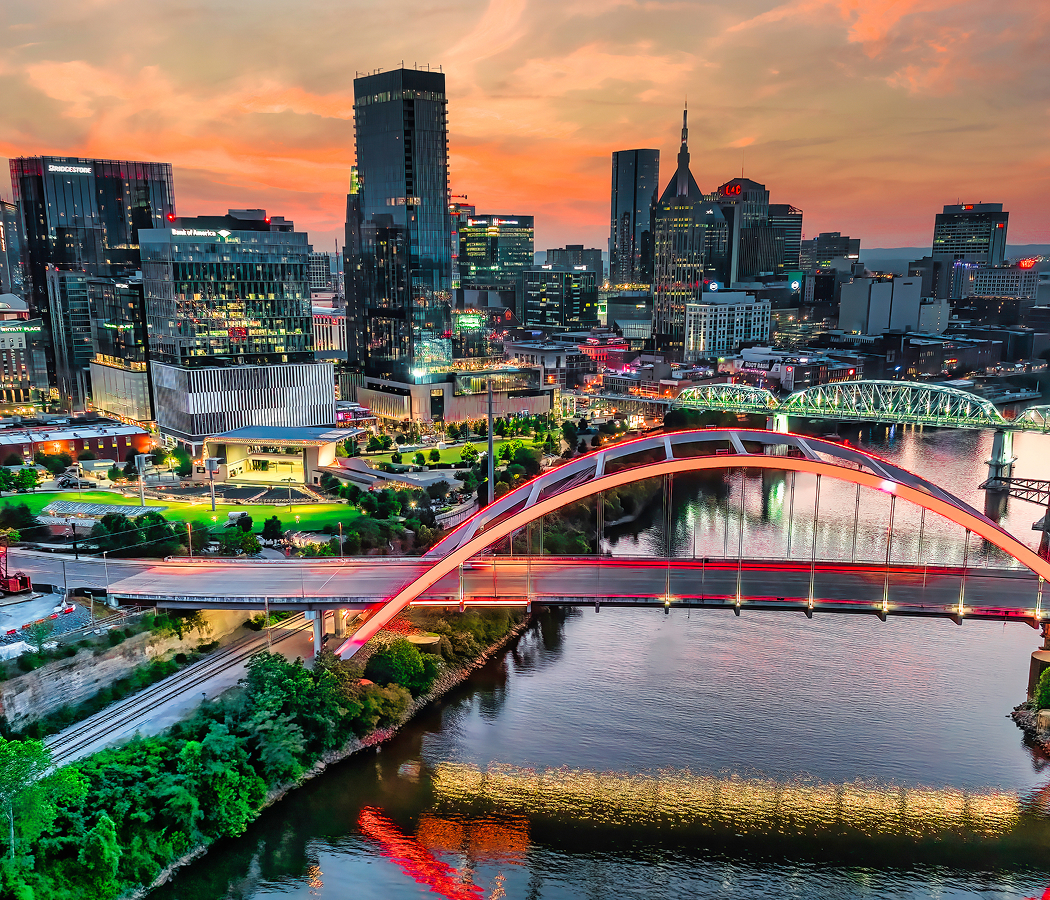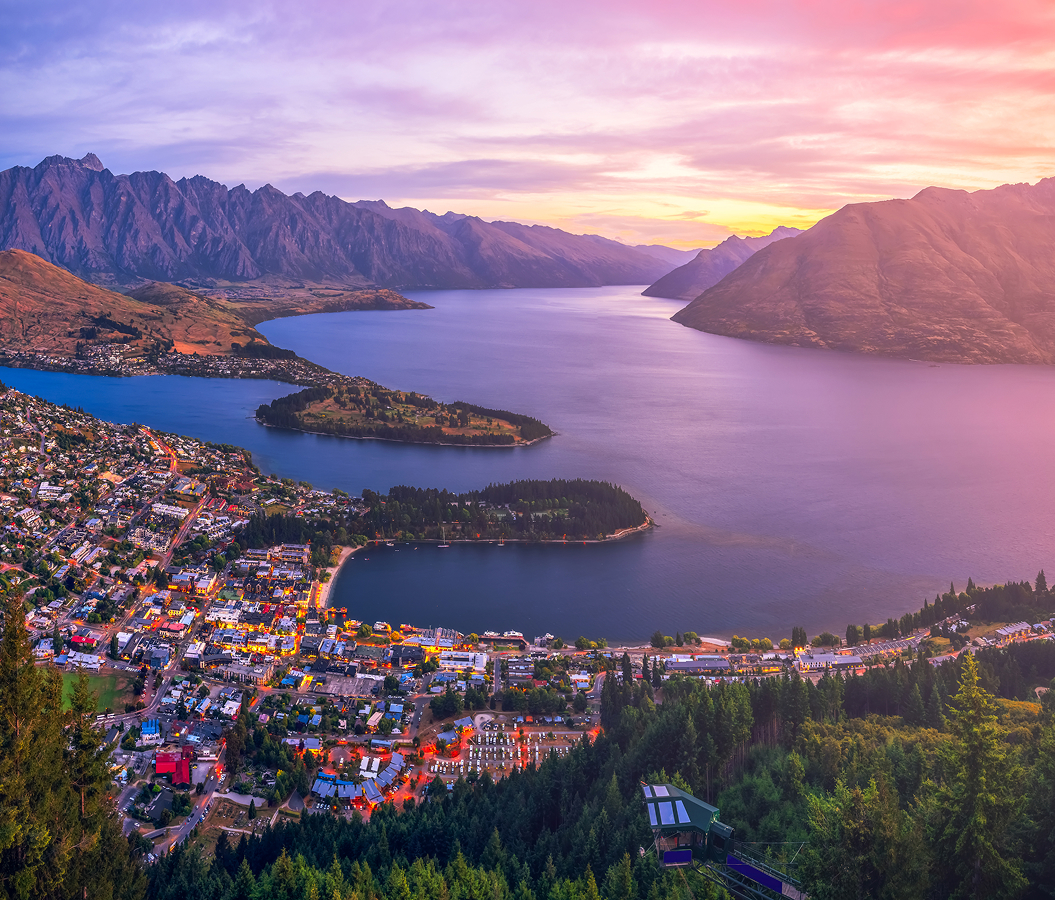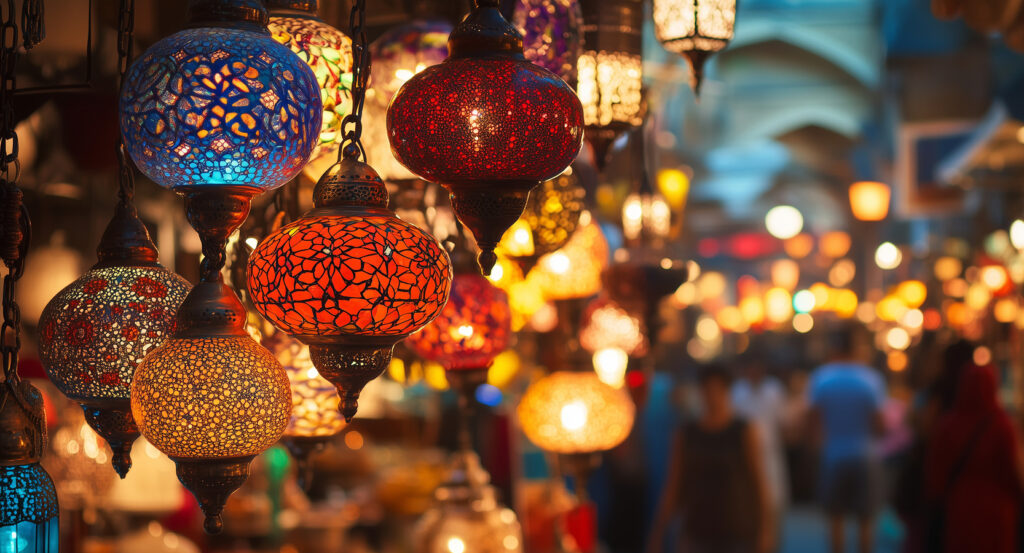
Why you should experience the Grand Bazaar in Istanbul.
The Grand Bazaar in Istanbul isn’t just a marketplace, it’s an empire unto itself, a living labyrinth where the pulse of the city has thrummed for over five centuries.
Step inside, and you enter a world where time folds in on itself, where the scent of leather, spice, and gold mixes with echoes of a thousand languages. Built shortly after the Ottoman conquest of Constantinople, this vast covered bazaar, known as Kapalıçarşı in Turkish, is one of the oldest and largest markets in the world, with over 4,000 shops sprawling across a warren of 60 interconnected streets. Every corridor feels like its own microcosm: one lined with shimmering textiles and handwoven carpets that ripple like desert mirages, another filled with antique lamps glowing like captured suns. The architecture itself feels enchanted, domed ceilings painted in faded frescoes, archways carved with Ottoman flourishes, and beams of light piercing through skylights to illuminate the dust that dances above the crowds. The soundscape is just as hypnotic: the low murmur of haggling, the rhythmic hammering of silversmiths, and the call of shopkeepers who speak with both warmth and strategy. “Where are you from, my friend?” they’ll ask, ushering you into a space no larger than a closet but bursting with treasures. From delicate tea sets and gold filigree jewelry to intricately carved backgammon boards and handmade ceramics, every item tells a story, of craft, heritage, and the eternal dance between artistry and commerce. To wander here is to step into the soul of Istanbul, a crossroads where East meets West, where chaos feels oddly graceful, and where every turn promises discovery.
What you didn’t know about the Grand Bazaar.
The Grand Bazaar is more than a market, it’s a masterpiece of urban design, resilience, and Ottoman ingenuity.
Its construction began in 1455 under Sultan Mehmed II, the very conqueror of Constantinople, as a modest trading post for textiles and jewels. Over time, it grew organically, stall by stall, corridor by corridor, until it became a self-contained city of its own. The bazaar had its own security, mosques, fountains, schools, and even a central fire brigade, all operating under a guild system that maintained strict control over quality and prices. Each profession occupied its own section, a tradition that continues today: jewelers along Kalpakçılar Street, leatherworkers near Bit Pazarı, and rug merchants deep within the heart of the bazaar. What many visitors don’t realize is that beneath the bustle lies a feat of architectural endurance, the bazaar has survived fires, earthquakes, and centuries of political upheaval, each time rebuilt with care and reverence for its past. The domes that curve above its lanes once served not just aesthetic beauty but also practical ventilation, designed to keep the air cool even in the height of summer. The network of alleys and vaults follows an almost organic rhythm, confusing at first, yet strangely intuitive once you surrender to its flow. The Grand Bazaar has also been immortalized in literature and film, from Agatha Christie’s Murder on the Orient Express to the high-speed chase of Skyfall, where James Bond raced through its rooftops. But beyond the myth and glamour, it remains what it has always been, the beating heart of Istanbul’s mercantile spirit. Even today, roughly 250,000 people pass through its gates daily, continuing a legacy of trade that stretches back to the Silk Road itself.
How to fold the Grand Bazaar into your trip.
Exploring the Grand Bazaar is both art and adventure, and the secret is to lose yourself on purpose.
Arrive early in the morning, just as shopkeepers are rolling up their shutters and the market hums to life in slow motion. Enter through the Nuruosmaniye Gate, whose grand archway opens onto a kaleidoscope of colors and sounds. Don’t rush. The bazaar rewards patience and curiosity, peek into the quieter corners where artisans still handcraft their wares, hammering brass or knotting silk thread into luminous rugs. Stop often for tea, an unspoken ritual of hospitality, and let merchants tell you the stories behind their goods. If you’re shopping, remember that bargaining isn’t conflict here; it’s theater, a conversation wrapped in smiles and mutual respect. Start low, stay friendly, and enjoy the rhythm of the exchange. Midday, take a break at one of the cafés hidden within the bazaar’s courtyards, order Turkish coffee served in a copper pot and listen to the hum of the world passing by. After exploring, step outside to the surrounding district of Beyazıt, where the call to prayer rises from nearby mosques and the streets spill into open-air markets selling everything from spices to antiques. From here, you can easily walk to the Süleymaniye Mosque or cross the Golden Horn toward Galata for a sunset view of the city. Whether you leave with a handmade rug, a handful of Turkish delight, or simply the scent of incense on your clothes, the Grand Bazaar will stay with you. It’s not just a market, it’s Istanbul condensed into stone and soul, a place where history isn’t displayed behind glass but bartered, lived, and endlessly reborn.
Hear it from the Foresyte community.
You swear you’ll just look and not buy but then a shopkeeper hands you tea and suddenly you own three rugs and a lantern. Zero regrets.
Where meaningful travel begins.
Start your journey with Foresyte, where the planning is part of the magic.
Discover the experiences that matter most.






















